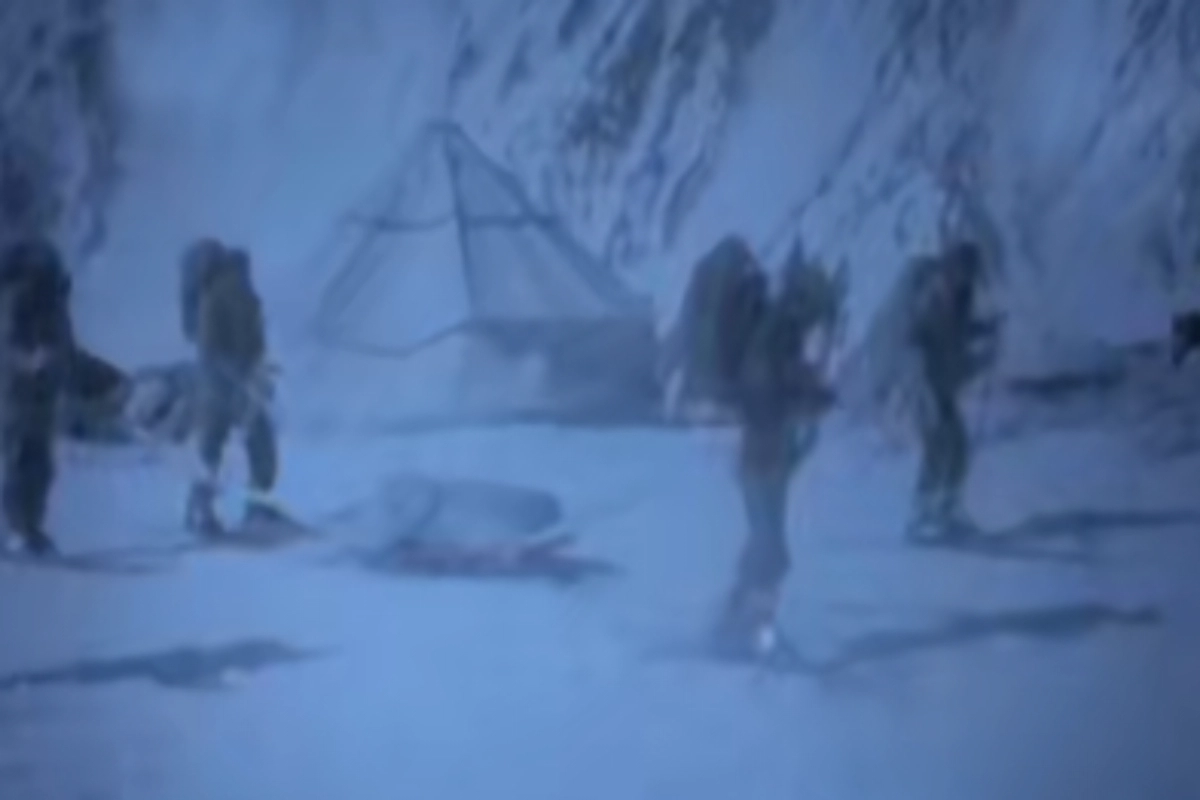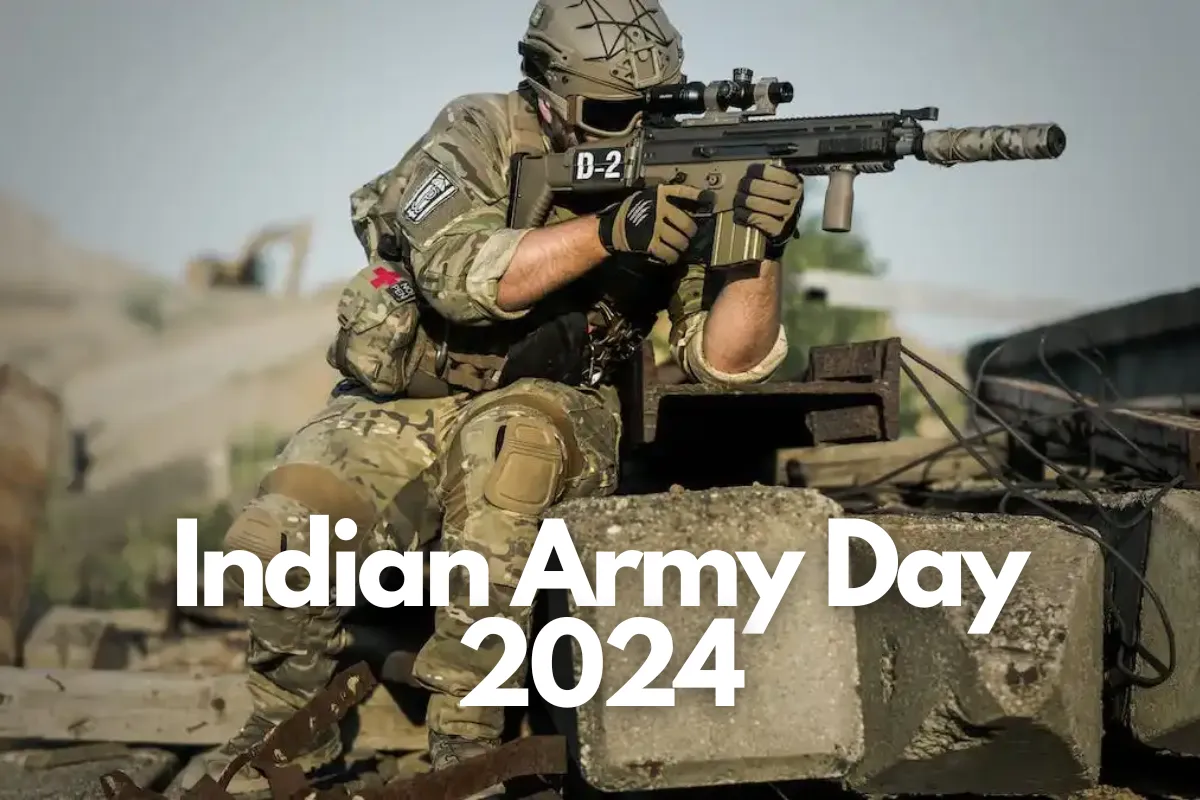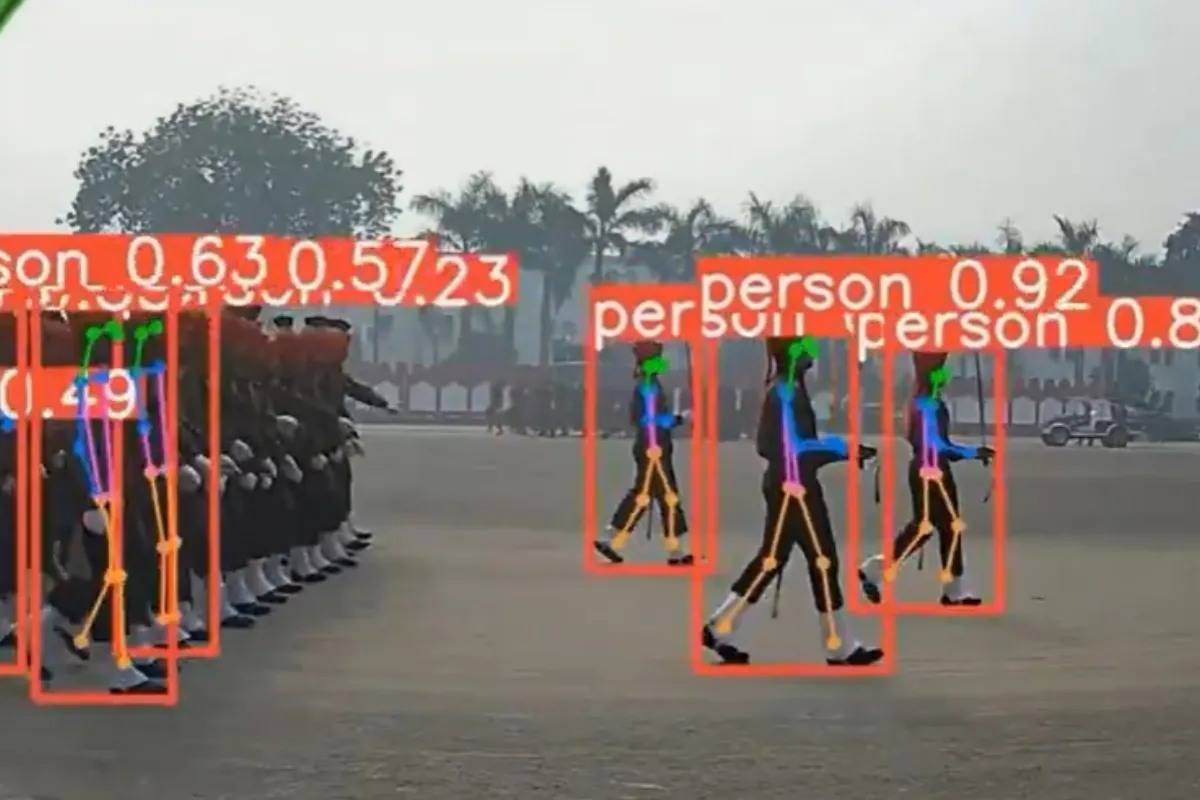Indian Army: To commemorate 40 years of Operation Meghdoot in the world’s highest battlefield—the Siachen Glacier in Ladakh—the Indian Army has released a film. where it was demonstrated that the soldiers in the inaccessible parts of the army were stationed there quite alertly.
Indian Army’s Mountaineering Operations in Siachen Glacier
In the footage, soldiers from the Indian Army are seen scaling high, white-sheeted mountains. The video depicts the 40-year expedition of Operation Meghdoot in Siachen Glacier. There has also been sharing of the tricolour raised at the world’s highest battleground, the Siachen Glacier in Ladakh.
In 1983, Pakistani generals made the decision to bolster their claim by dispatching a contingent of soldiers to Siachen. He began to fear that India may take Siachen because of the Indian Army’s mountaineering operations.
He made the decision to dispatch his army first as a result. Pakistan ordered clothing from a London-based supplier to shield them from the cold. But they were unaware that the same supplier also provides India with clothing that protects against the cold.
India’s Strategic Response
As soon as India learned of this, it made plans to dispatch soldiers to Siachen ahead of Pakistan. To halt Pakistan’s climbing initiatives, India chose to station the army in northern Ladakh and paramilitary forces in various other glacier regions. Soldiers who had participated in an Antarctica mission in 1982 and were accustomed to living in such harsh circumstances were chosen for this.
Indian Army’s Seizure of Siachen Glacier
On April 13, 1984, the Indian Army made the decision to seize the glacier in order to defeat the Pakistan Army. This was only four days ahead of Pakistan’s April 17th scheduled date. “Operation Meghdoot” was the codename for this operation.
Lieutenant General Prem Nath Hoon has been assigned the task of overseeing this operation. In Jammu and Kashmir at the time, he served as the General Commanding Officer of Srinagar 15 Corp. The Indian Army’s Colonel Narinder Kumar, also known as Bull Kumar, led the ascent from the beginning.
Operation Meghdoot Commences
The airlift of army men to the highest altitudes using Air Force ships marked the beginning of Operation Meghdoot. The Air Force began bringing troops and supplies to the airbase situated at the highest point by deploying Il-76, NN-12, and An-32 aircraft to carry the items. From there, the army was advanced by MI-17, MI-8, Chetak, and Cheetah helicopters.
Operation Meghdoot Initiates
When the soldiers first set foot at the eastern base of the glacier in March 1984, the operation officially began. Equipped with weaponry, the entire battalion of the Kumaon Regiment and the Ladakh Scouts began advancing across the snow-covered Zoji-La pass.
Leading this party was Lieutenant Colonel (later Brigadier) DK Khanna, who had made the decision to go the extra mile on foot in order to evade Pakistani radar. The army was split up into multiple detachments for this purpose. To seize the glacier, Major RS Sandhu’s first contingent was dispatched.












